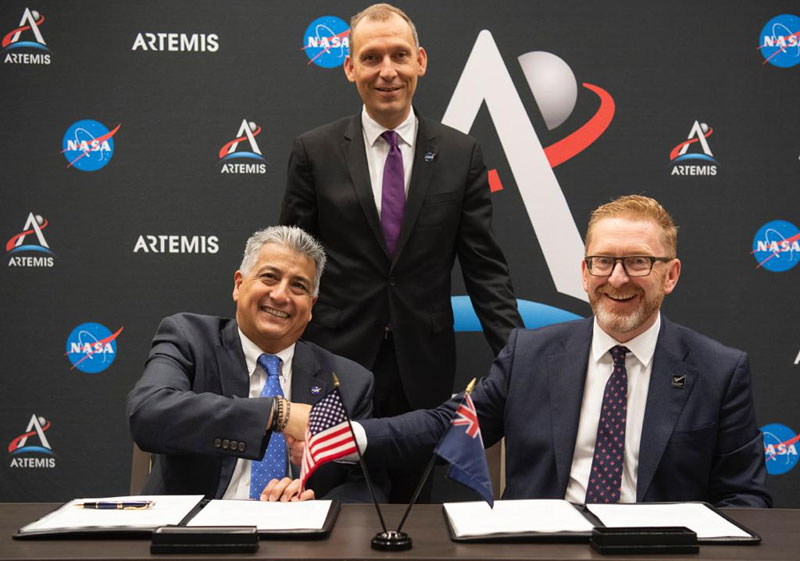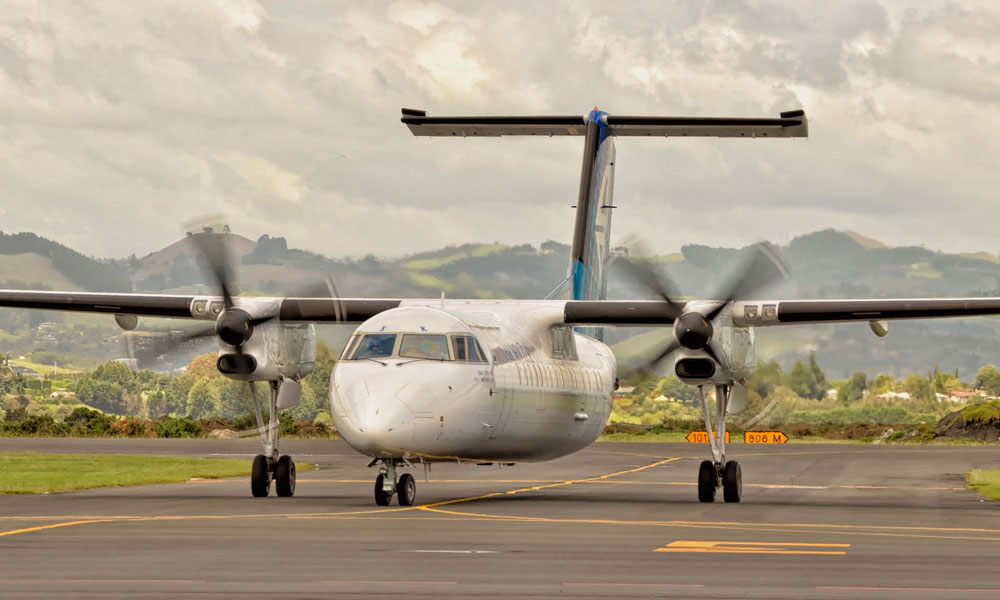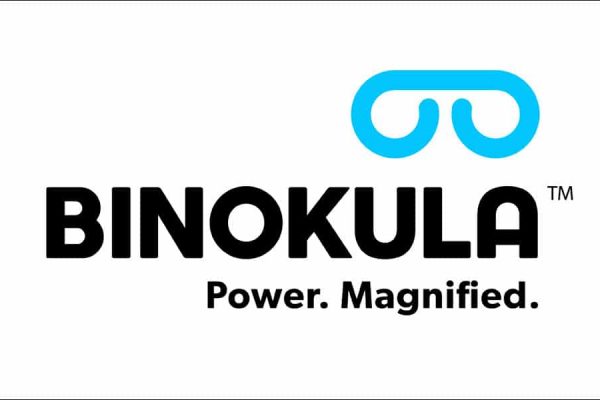New Zealand researchers and engineers will join NASA’s Cyclone Global Navigation Satellite System (CYGNSS) mission after the Ministry of Business, Innovation and Employment signed a science partnership agreement with the world’s biggest space agency last year.
NASA’s next generation Global Navigation Satellite System Reflectometry (GNSS-R) receivers will be installed on Air New Zealand’s Bombardier Q300 aircraft (pictured above), collecting and processing important environmental data as they fly across the country.
To support the science objectives of the mission, the University of Auckland has received $1.5 million from MBIE to establish a Science Payload Operations Centre to process and analyse the data for research purposes.
MBIE’s General Manager of Science, Innovation and International, Dr Peter Crabtree, said the aim of the partnership is to engage New Zealand researchers in a globally significant science mission.
“One of MBIE’s core roles is to build research, science and innovation capability in New Zealand, and as a result of this partnership both Air New Zealand engineers and researchers across New Zealand will now have the opportunity to work with NASA and the University of Michigan on a world-leading earth science mission.”
Dr Gail Skofronick-Jackson, NASA’s CYGNSS Program Scientist in the agency’s Earth Science Division, said working with New Zealand provides a unique opportunity to broaden the scope of the mission to monitor the wider impacts of climate change on the environment.
“NASA will use the data that is collected and processed in New Zealand for scientific research into global water cycle processes and their interactions with climate, including effects like flooding, droughts and coastal erosion – all of which are long-term impacts of climate change.”

Air New Zealand Chief Operational Integrity & Standards Officer Captain David Morgan said the airline is incredibly proud to be the first passenger airline in the world to partner with NASA on an earth science mission – and its regional Q300 is the perfect aircraft for the mission.
“Our Q300s fly the length and breadth of New Zealand, cruising at a much lower altitude than NASA’s satellites. Placing NASA’s receivers on our aircraft will significantly improve data quality, providing a daily stream of high-impact environmental and climate science information with huge potential for the global science community.”
The receivers will be designed by the University of Michigan for NASA, working alongside Air New Zealand engineers, and installed late this year.
The Science Payload Operation Centre will be housed at the University of Auckland and will be developed by researchers from the University of Auckland and the University of Canterbury. Project Lead Professor Delwyn Moller said the Centre will be up and running in late 2020 and will begin receiving data immediately. New Zealand researchers will work with NASA and the University of Michigan to process these unique data into environmental information that can be used to inform scientific research.
“Over time, this data that will be collected by these receivers could form one of New Zealand’s largest bodies of long-term environmental data and as such it represents a wide range of research opportunities,” said Professor Moller.
Dr Crabtree said that MBIE views this agreement as an excellent example of the potential of international science partnerships.
“New Zealand’s thriving innovation ecosystem and unique research and scientific environment make us a great partner for a project like this, which can generate wider value for New Zealand,” he said.
Top photo: Air New Zealand Q300. Photo: Stu Newby, Wikimedia





